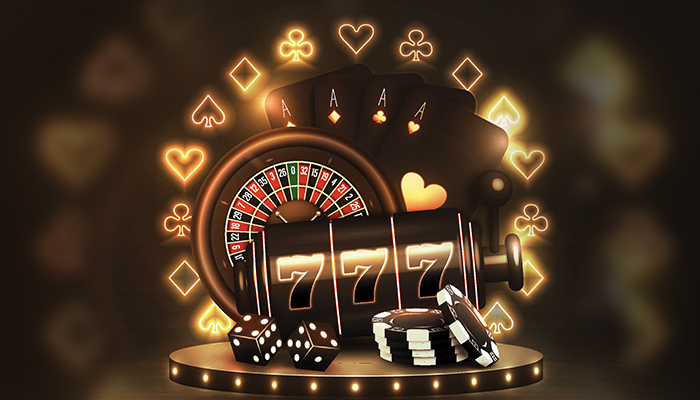Our US Online Casino Blog
We’re excited to bring you the best online casino content on the US market. From useful tips and tricks to curious gambling articles. Explore our articles and stay updated!
Gambling laws in the United States vary significantly from state to state, particularly when it comes to the legal gambling age. This is especially true for different forms of gambling, including casinos, sports betting, and lottery games. With the rise of online gambling, understanding the online gambling age by state...
Hey, we get it; you could spend an hour googling whether online casinos are legal...
Gambling myths and casino myths abound. It seems like everyone who visits Las Vegas has...
The online gambling world has evolved beyond clicking buttons and waiting for the reels to...
Hitting the jackpot is every gambler’s biggest dream and that includes some of the richest...
In celebration of National Bucket List Day on April 24, we dive into the dreams...
When you want to play online casino games in the US, it’s important to stick...
Maybe it’s your first time visiting a gaming venue, or you’re planning your next elegant...
When getting ready to start playing at a new online casino, it is key that...
What are the Best US Casinos to Visit Casinos in the USA Not to be...
A Few Twitch Statistics Is Gambling Allowed on Twitch? Allowed Gambling Activities on Twitch Prohibited...
Online casinos are buzzing with excitement, and at the heart of it all? Slots! These...
The game of roulette has been with us for a long time, with roots going...












